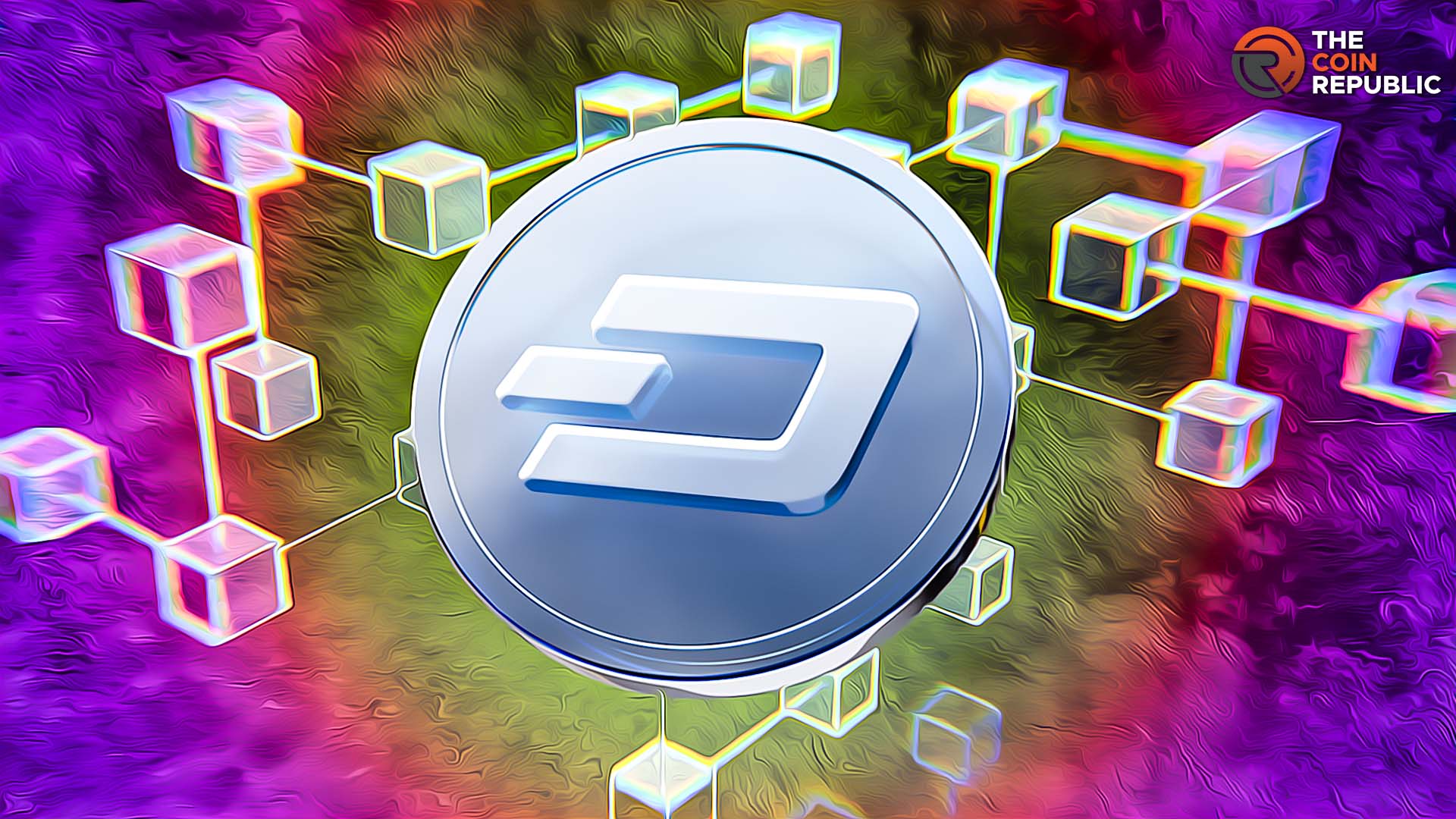What is Blockchain and Bitcoin?


Tony Sumrall
Contributing columnist
You’ve probably heard of Bitcoin by now. That’s what I intend to cover this week. Not in any detail, I will explain it at a high level without delving into its deep dark mysteries. Nor will I tell you how the top opens an account or uses it. If you want to do things like that, you should learn a lot more about it before you indulge.
What is Bitcoin? In a nutshell, it is a “cryptocurrency”, one of the first, and there are hundreds now. OK, so what is a cryptocurrency? Well, let’s examine it by comparing it to a bank account and money (dollar bills, etc., which are also called “fiat money” – see for more details).
Your bank holds your money in an account that you can access with a debit card or check or by going to the bank and identifying yourself. Cryptocurrency (or crypto) is also held in an account. You set up the account with a crypto exchange. Unlike a bank, you do not need to identify yourself. Like your bank account, you get a Public Account Identifier which is a long string of characters, and you’ll use that Public Identifier to buy and sell things. You will also either be given a digital key that is cryptographically linked to your account identifier, or you will be asked to create a password. If you create a password, make sure it follows the guide for creating a good, strong password (see for some tips).
In either case, be sure to record your account identifier and digital key somewhere safe because anyone with your account identifier and key has full access to all the funds in that account. Lose your account identifier or key and your crypto is lost!
You store your cryptocurrency in a digital wallet. A digital digital wallet can be a physical device such as a specially designed memory stick, it can be a software program, or it can be stored by an online wallet provider (note that Apple Pay and Google Pay are also digital wallets, but they contain fiat money). You buy crypto with fiat money on a crypto exchange at the current exchange rate, not unlike “buying” British pounds or Japanese yen with US dollars. With funds in your crypto-digital wallet, you can pay for things and exchange one crypto for another.
Continuing with our comparisons with fiat money transactions, when you buy something with cash, the transaction is anonymous. No one but you and the device on the other end of the transaction knows it happened. But when you pay with a check or a debit or credit card, that transaction is recorded, and because your accounts are linked to you, ultimately all of those transactions can be traced back to you.
Crypto transactions are anonymous. You don’t use a checking account or a credit card account, you use the crypto account’s public identifier and no one but you knows that the wallet belongs to you. The seller only knows that they were paid from a crypto account with a specific identifier. Of course, if you buy something that needs to be shipped to you, there’s an obvious link of you to that transaction, but otherwise it’s anonymous.
When you pay with fiat money, you get a receipt, and that’s your overview of the transaction. What kind of receipt do you get with crypto transactions? You will be given a transaction identifier. And what good does it do? Well, all crypto transactions are recorded by their transaction identifier in a ledger. If you use a public cryptocurrency like Bitcoin or Ethereum, this ledger is available on the Internet and is available to anyone who wants to look at it. The transactions are stored as a series of blocks that are linked together – hence the term “blockchain”. The ledger is designed to be “immutable”, meaning that it is effectively impossible to change any past transactions, so you or someone else can go back and look at the transaction at any time if they have your transaction identifier , i.e. your crypto receipt .
That’s all for this week’s column. I hope this explanation demystifies cryptocurrency and blockchain to some extent. Some buy cryptocurrencies as an investment. I don’t. Their price tends to fluctuate too much for me, so if I buy $100 worth of Bitcoin today, tomorrow it might only be worth $90. I have not talked about NFTs (Non-Fungible Tokens) which are another cryptocurrency related commodity. I’ll address that in another column.
As always, my intent with these columns is to pique your curiosity, give you enough information to get you started, and arm you with the necessary keywords (or buzzwords) so that you understand the basics and are equipped to search for more detailed information.
Feel free to email me with questions, comments, suggestions, future column requests, anything at [email protected] or just drop me a quick note and say hi! And don’t forget that I maintain links to the original columns with live, clickable links to all the references on or It should be updated shortly after this column appears online.
Tony Sumrall, a Hillsboro native whose parents ran the former Highland Lanes bowling alley, is a producer with both leadership and technical skills. He has been in the computing arena since graduating from Miami University with a bachelor’s degree in systems analysis, working for and with companies ranging in size from five to hundreds of thousands of employees. He holds five patents and lives and thrives in Silicon Valley, which fuels his love of all things tech.
























